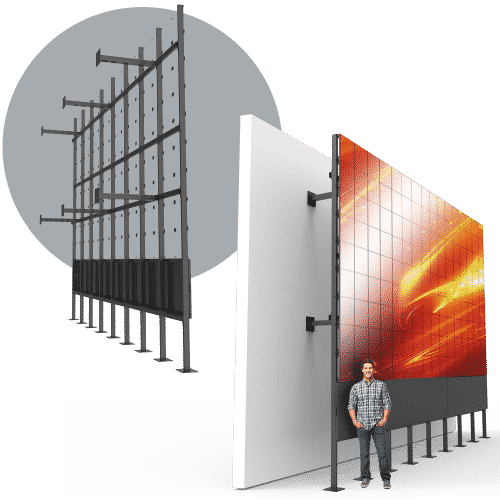Examining the Essential Factors That Affect Brightness in Light Emitting Diode Display Screens
Examining the Essential Factors That Affect Brightness in Light Emitting Diode Display Screens
Blog Article
LED wall panels are increasingly popular for both promotion and entertainment due to their luminous and vibrant images. Grasping the factors that influence the brightness of these screens is crucial for manufacturers and consumers alike. Luminosity is typically gauged in candelas, which shows how much illumination is emitted from the surface of the screen. Numerous key elements contribute to the overall brightness, including the type of LED used, the quality of the panel materials, and the power provided to the screen.
The type of LED chip used in a panel panel plays a significant role in its luminosity. Various LEDs emit differing levels of lumens, which measure the amount of illumination visible to the human eye. High-quality components, such as those made using advanced technology, can produce more luminous light with higher effectiveness. Furthermore, the hue temperature of the Light Emitting Diode also affects apparent luminosity. For instance, cooler hue tones (higher Kelvin values) can seem brighter than warmer ones, even at the identical light output rating. This feature is important for applications where clarity is important, such as in external promotion.
The materials used in the building of LED panel panels also influence their brightness. The kind of substrate and coating materials can affect how much illumination is transmitted versus how much is absorbed or dispersed. For example, a panel made with premium optical material will allow more illumination to pass through than one made with inferior materials. Additionally, the design check out the post right here of the screen, including its thickness and the layout of the LEDs, can enhance or reduce brightness by influencing how light is spread across the screen.
The power source provided to the LED wall panels is another key factor in establishing luminosity. Each LED component has a specific electric potential and current need for ideal functioning. If the power source falls short, the brightness of the screen will diminish. Conversely, providing too much power can lead to overheating and decreased lifespan of the Light Emitting Diodes. Therefore, maintaining a stable and sufficient power supply is crucial for achieving consistent brightness levels. This is especially vital in dynamic screens, where luminosity may need to be adjusted for varied illumination conditions.
Lastly, environmental elements can influence how luminosity is viewed. Ambient illumination conditions play a major see this page role in how bright an LED wall screen looks. In bright sunlight, for example, a panel with a reduced luminosity rating may have difficulty to be seen clearly, while a higher-brightness screen can be prominent more efficiently. Additionally, the angle from which the screen is viewed can influence luminosity perception due to how illumination reflects off surfaces. Comprehending these factors helps consumers choose the appropriate LED wall screen for their needs and guarantees that producers produce products that satisfy brightness standards for various applications.